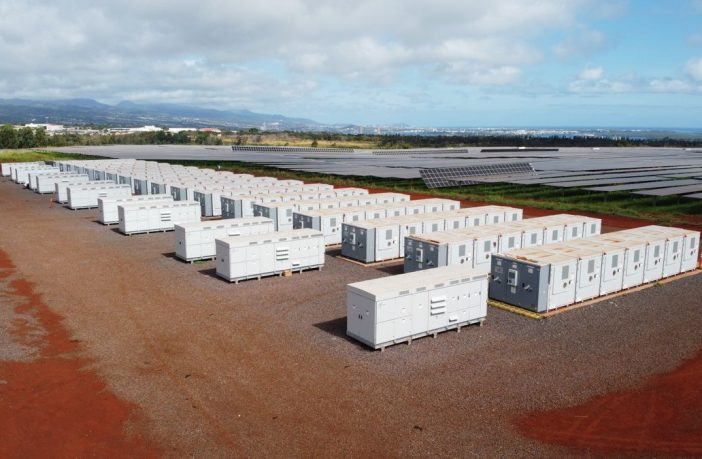- BloombergNEF (BNEF) has developed a tiering system for stationary energy storage products.
- Based on deployment over the last two years, this system is designed to create a transparent differentiation between the hundreds of manufacturers on the market.
- The list is not readily available to the public.
BNEF says they are frequently asked for a list of ‘major’ or ‘bankable’ suppliers for use in manufacturing forecasts, preliminary competitor analysis and other internal comparisons. In industry parlance, such firms are typically referred to as ‘tier 1’ players, but the term is seldom defined or described, which is unhelpful for firms outside the storage industry trying to get a basic overview.
They strongly recommend that battery purchasers and banks do not use this list as a measure of quality, but instead consult a technical due diligence firm such as DNV GL, TÜV SÜD, UL, Intertek, Exponent, China Automotive Battery Research Institute, Eurofins Energy Storage or Kema Laboratories. Such firms consider an array of factors, including what factory the battery comes from and the bill of materials, to give an informed opinion on whether the system will perform as expected.
Criteria
The analysis is based on BNEF’s Energy Storage Assets database, which included 9,000 energy storage projects worldwide as of June 2023. In particular, BNEF counts the number of projects above 1 megawatt or 1 megawatt-hour to which a supplier has provided batteries and/or energy storage systems in the last two years.
We currently consider both cell providers and system integrators as battery manufacturers/battery brands. This is partly due to the nature of data disclosure about which firm supplied which project; it also reflects the fact that a technical due diligence firm would consider both the cell supplier and the integrator (which has a strong incentive to do proper due diligence on its cell suppliers).
Brands considered must own manufacturing plants. Companies that outsource production under brand names are not tiered, and products sold under another brand are not counted for tiering of contract manufacturers.
At present, the criterion for an energy storage brand to be listed as tier 1 is that it must have supplied, or be firmly contracted to supply, products to six different eligible projects in the last two years. To be eligible, each project:
- must be larger than 1MW or 1MWh (whichever is higher);
- must be owned by companies that are not affiliated with the energy storage provider (in other words, the purchaser of the energy storage system must be a third party); and
- cannot be built to meet renewable energy project integration mandates (such as those in place in many Chinese provinces), as these mandates do not typically place a strong emphasis on the performance of the system.
All projects considered must be in the BNEF Energy Storage Assets database.
Energy storage providers that have filed for bankruptcy or a form of insolvency protection, or are in default of major financial obligations as stated in court documents, are removed from the tier 1 list until further notice.
It is likely that these criteria will be updated as the market evolves. However, the list will continue to be based on good data in the public domain about projects that use the company’s products.
More on the tiering criteria, as well as the methodology’s limitations HERE
Author: Bryan Groenendaal















